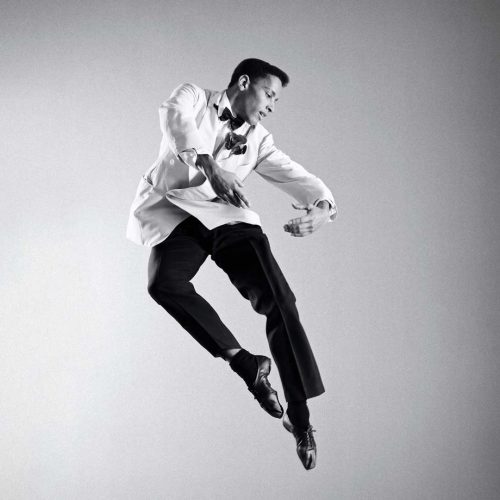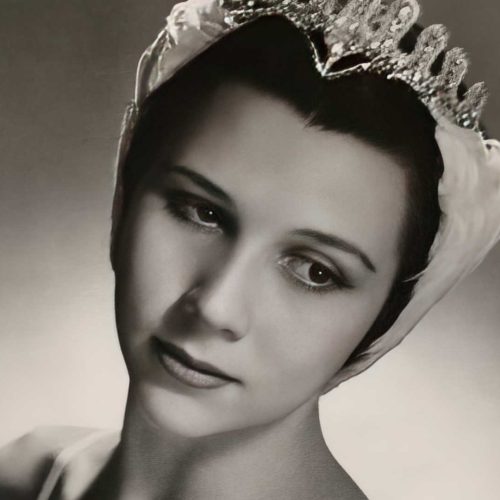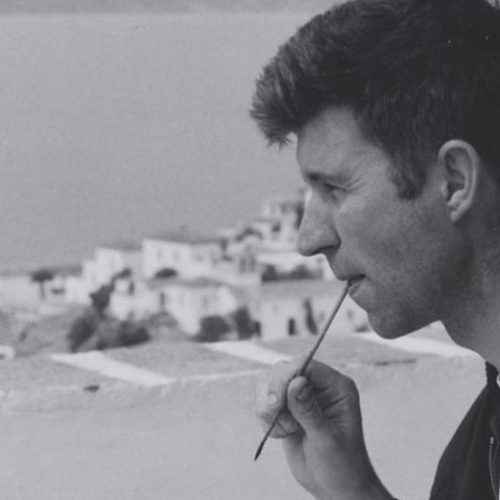Frederick Ashton’s Symphonic Variations was something of a blueprint for British ballet after the narrative-heavy works of the war years. It remains a touchstone for the lyrical and musical ‘British’ style of classical ballet. First performed by Sadler’s Wells Ballet at Covent Garden in 1946, it is without a plot, consisting simply of six dancers performing on a comparatively bare stage to César Franck music of the same name. Its original cast, who have gone down in history, consisted of Margot Fonteyn, Moira Shearer, Pamela May, Michael Somes, Henry Danton and Brian Shaw.
Symphonic Variations is often seen now as one of Ashton’s, or even of the world of ballet’s, greatest creations. At the time, 1946, Europe had just emerged from six years of the misery of World War two and there was a certain joyous, even mystical light surrounding this austerely abstract ballet. From the extraordinary setting by Sophie Fedorovitch, the tautly emotional music of César Franck and the beautiful and masterly choreography of Ashton, this ballet of pure dance has won the hearts and souls of successive generations. Subtle and delicate, but also strong and masterful, the very abstraction of the ballet elicits total concentration on what the music and choreography are conveying. Even if in the first instance it was Ashton’s heartfelt response to the ending of war, like any great work of art it goes beyond one moment, one place or one nation and embraces life itself.




